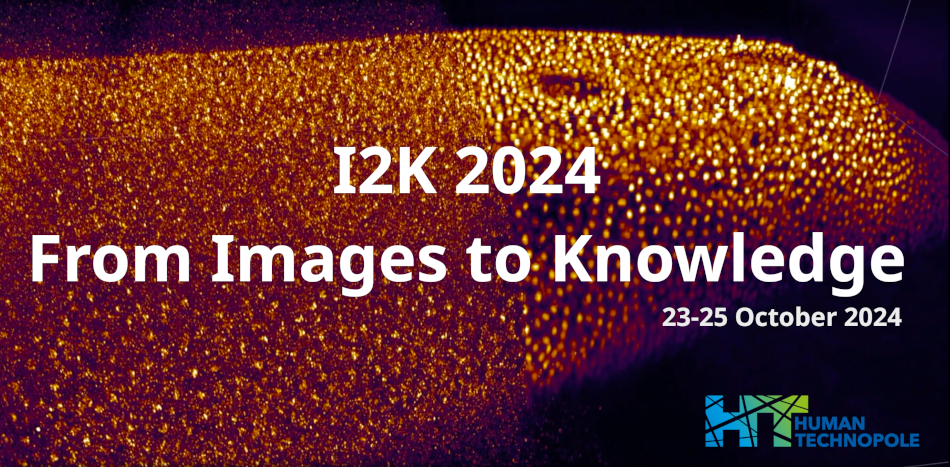Speaker
Description
Fluorescence microscopy, a key driver for progress in the life sciences, faces limitations due to the microscope’s optics, fluorophore chemistry, and photon exposure limits, necessitating trade-offs in imaging speed, resolution, and depth. Here, we introduce MicroSplit, a deep learning-based computational multiplexing technique that enhances the imaging of multiple cellular structures within a single fluorescent channel, allowing faster imaging and reduced photon exposure. We show that MicroSplit efficiently separates up to four superimposed noisy structures into distinct, denoised channels. Using Variational Splitting Encoder-Decoder (VSE) networks, our approach can sample diverse predictions from a trained posterior possible solutions. The diversity of these samples scales with the uncertainty in a given input, allowing us to estimate the true prediction errors by computing the variability between samples. We demonstrate the robustness of MicroSplit across various datasets and noise levels and show its utility to image more, to image faster, and to improve various downstream analysis tasks.
| Authors | Ashesh Ashesh*, Federico Carrara, Melisande Croft,Vera Galinova, Igor Zubarev, Melissa Pezzotti,Franchesca Casagrande, Moises Di Sante,Nicola Maghelli,Joran Deschamps,Franchesco Pasqualini, Florian Jug |
|---|---|
| Keywords | fluorescence microscopy, deep learning, semantic channel splitting, variational inference |

